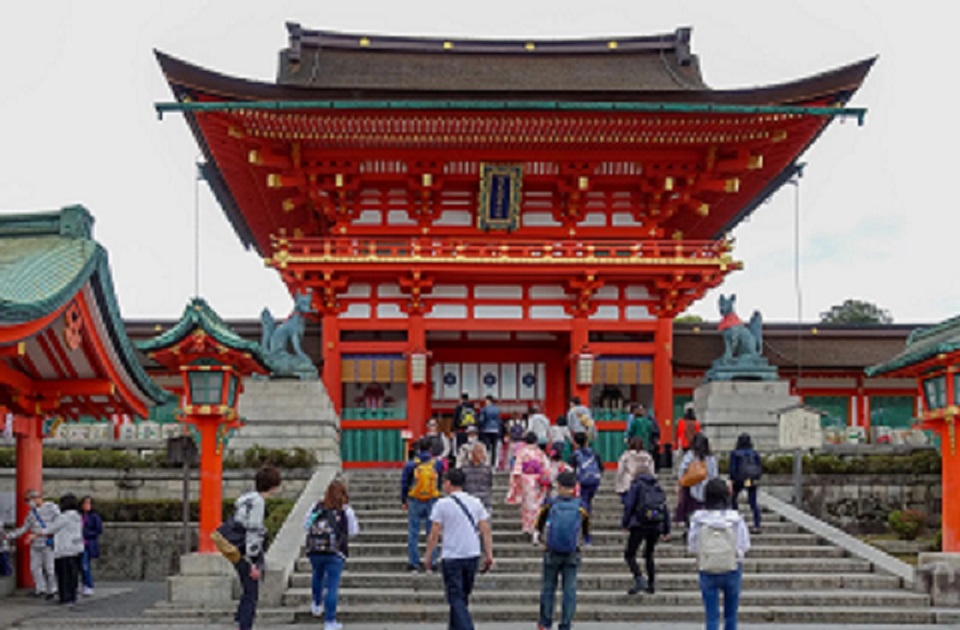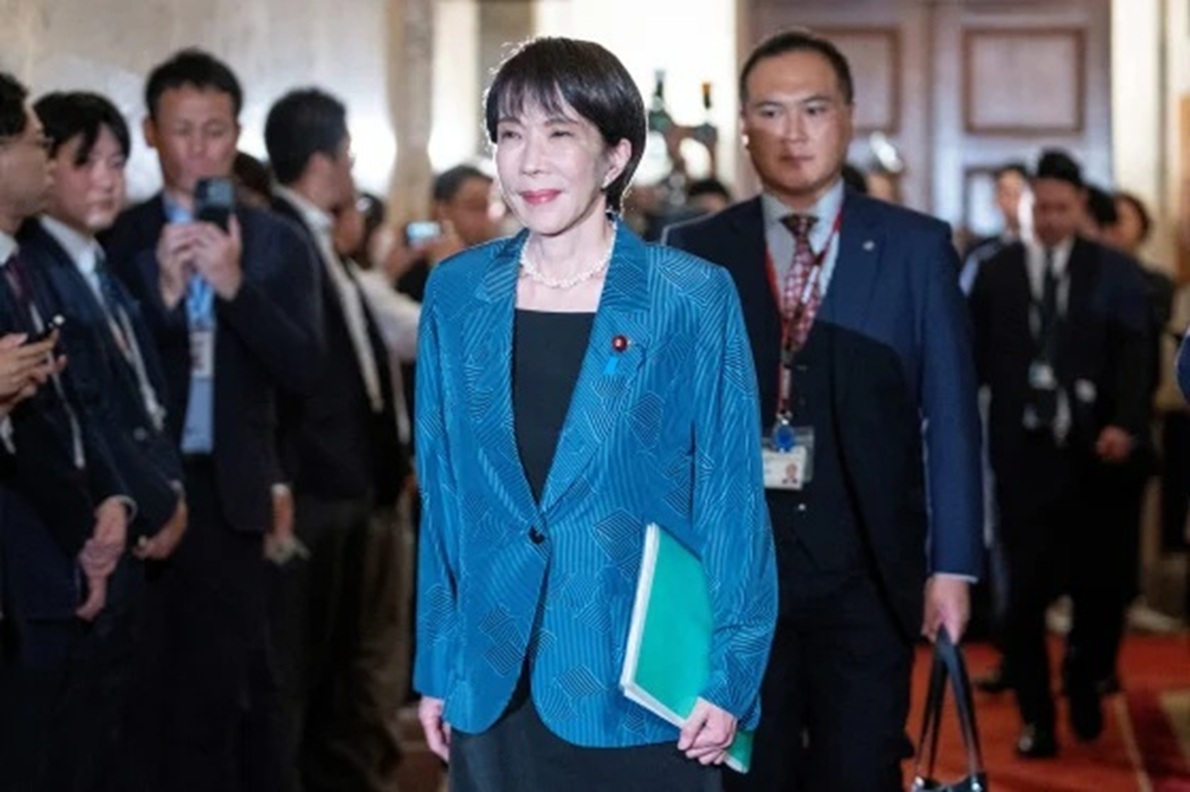Shintoism is similar to the form and belief system of Hinduism. The influence of Shintoism has integrated elements from religions imported from mainland Asia, such as Buddhism, Confucianism and Taoism and shares features like its polytheism in Japan.
The assassination of the former Japanese Prime Minister, Abe Shinzo, has generated a lot of articles on the possible links between the assassin and sects, and churches. Subsequently, the articles analyzing article 20 of the Japanese constitution this count by tens. The situation explained here resembles in every way the press and the analyses, following the attacks on the subway of Tokyo ordered by Asahara Shoko, founder of the sect Aum Shinrikyo. The press gets excited we feel the political stories and all this without even the Japanese Justice taking any decision. Through the study of the history of the empire of Japan, based on examples of premodern Japan ( feudal), but also the era of the Meiji restoration. We will try to understand, how Japanese society came to Article 20 of its constitution. We will try to understand what is the role and the place of Shintoism, and how it has influenced the Japanese constitution. and in what the assassination of the former prime minister Abe Shinzo is an argument for a profound reform of article 20 of the constitution in Japan or at least an argument for a structural and institutional reform of Japan in terms of worship. In the first part, we will make a description of the current constitution, as well as the previous Japanese constitution of the Meiji period, and compare it with the current constitution. In addition, in the second part, we will try to understand and explain how the assassination of Abe Shinzo is an argument in favour of the Japanese constitutional reform on the issue of worship in particular.
In order to answer these questions, we will rely on the work of experts such as Hajime YAMAMOTO and Professor Benjamin Morel, and others.
Article 20
The Japanese constitution speaks about worship in Article 20 as “Freedom of religion is guaranteed to all. No religious organization may receive any privileges from the state, nor may it exercise political authority. No one shall be compelled to take part in any religious act, service, rite, or ceremonial. The State and its organs shall refrain from religious teaching or any other religious activities.”
With this text, the Japanese State guarantees to each of its citizens total freedom of worship within the limits of the law and the non-disturbance of public order. Article 20 addresses without embarrassment the impossibility of links between religion and state. To avoid that the administrations are gangrened by interests other than those of the population. In order to explain this article precisely, we must analyze the article of the Meiji Constitution that talks about worship. We can quote article three which explains the weight of the emperor: “The person of the emperor is sacred and inviolable. In the Meiji constitution, the emperor is a divine sovereign. If we continue our analysis, article 28 says: “Every Japanese subject shall enjoy the freedom of conscience, within the limits compatible both with his duties as a subject and with public order and peace.” This sentence is like a revolution because before this text the reference religion is Shintoism. There were big tensions with the arriving Buddhism. Moreover, the arrival of catholicism during the Meiji era was not without a hitch too.
The Shinto cult had a significant influence on the Meiji Constitution of Japan. Enacted in 1889, the Meiji Constitution marked a major transition for the country from a feudal system to a modern constitutional monarchy. During the Meiji Restoration period (1868-1912), the Japanese government set out to modernize and westernize the country in order to compete with Western powers.
However, while drawing on Western models of government, the leaders of the time also sought to preserve and promote Japanese values and traditions. Shintoism, as the indigenous religion of Japan, was used as a tool to consolidate national identity and legitimize the new government.
The Meiji Constitution itself reflected this influence. For example, its preamble states that the emperor is a descendant of the gods, thus establishing a link between the imperial family and Shinto deities. This reinforced the position of the emperor as the central and sacred figure of the state (Hane, 2001). The Meiji Constitution officially recognized Shintoism as the state religion, although this was later revised after World War II. This recognition gave special importance to Shintoism and reinforced its role in Japanese society (Kitagawa, 2002).
The Shinto religion also influenced some aspects of the Japanese political system established by the Meiji Constitution. For example, the concept of kokutai, which can be translated as “essence of the nation,” was central to the political thinking of the time. It was based on the idea that Japan had a unique essence and that this essence should be preserved. Shintoism was used to support this idea by emphasizing the importance of Japanese identity and traditions (Breen and Teeuwen, 2010). Furthermore, Shintoism played an important role in the development of the Meiji Constitution in Japan. It was used to strengthen national identity, legitimize the government, and influence aspects of the political system. However, it is important to note that the Meiji Constitution was not entirely based on Shintoism, but also incorporated elements of the Western model of constitutional government (Varley, 2000).
Shintoism had an influence on the 1949 constitution in Japan. State Shinto lasted until 1945, when Douglas MacArthur, the Supreme Allied Commander, demanded constitutional reform and stripped the emperor of his executive powers. State Shinto was then dismembered, ending the principle of the official religion in Japan.
The Constitution of Japan is the current form of the basic law of Japan since 1947. It was passed on November 3, 1946, during the American occupation and has been in force since May 3, 1947.
Freedom of Religion
In conclusion, freedom of religion in Japan is a complex and fascinating subject, rooted in history and modern Japanese society. Allow me to present an overview of this issue by addressing historical aspects, contemporary issues, and some relevant statistics.
In Japan, freedom of worship has evolved over the centuries. Historically, the country was primarily influenced by Shintoism, an indigenous religion that values ancestor worship and connection with nature. In the sixth century, Buddhism was introduced to Japan and coexisted with Shintoism. The history of Japan is marked by a certain interference between political and religious power. During the Edo era (1603-1868), the Tokugawa shogunate established a system of strict control over religions, called the “temple and shrine control system”. This policy was aimed at maintaining social order and strengthening the authority of the shogunate. However, at the end of the Edo period, Japan began a period of modernization and Westernization, leading to significant changes in Japanese society.
Contemporary Issues in Modern Japan
In modern Japanese society, freedom of worship is protected by the Japanese Constitution, which guarantees freedom of religion and freedom from discrimination based on religion. However, there are still some issues and debates surrounding this issue.
One of the main issues is the separation between the state and religion. Although the Japanese constitution stipulates this separation, there are criticisms that some government practices and policies do not fully respect this principle. For example, the Prime Minister’s annual visit to the Shinto shrine of Yasukuni, which honours dead soldiers, including war criminals from World War II, has caused controversy and tension with neighbouring countries. Another issue is the place of religious minorities in Japanese society. Shintoism and Buddhism remain the main religions in Japan, and members of other religions may face challenges in terms of recognition and rights.
For example, followers of Christianity, Islam, and other minority religions may face barriers to building places of worship or practising their religion publicly. If we now turn to statistics, about 79% of the Japanese population practices Shintoism and/or Buddhism, although many Japanese may identify with more than one religion simultaneously. Minority religions, such as Christianity, account for less than 2% of the population.
Conclusion
It should be noted that religious attitudes can vary widely from person to person, and many Japanese consider themselves to be non-religious or have spiritual beliefs not affiliated with a specific religion. But Japanese society, with its strong history, must review and adapt its texts in order to better control religions, and help people in need of help but sanction abuses. Finally, it must make the state purely independent of religions or declare a state religion.
Disclaimer: The views and opinions expressed by the author do not necessarily reflect the views of the Government of India and Defence Research and Studies
Title image courtesy: Britannica
Reference:
(1) Shintoism – Wikipedia. https://fr.wikipedia.org/wiki/Shinto%C3%AFsme.
(2) Constitution of Japan – Wikipedia. https://fr.wikipedia.org/wiki/Constitution_du_Japon.
(3) What was the role of state Shintoism in Japan. https://japonsamourai.fr/histoire/quel-etait-le-role-du-shintoisme-detat/.





